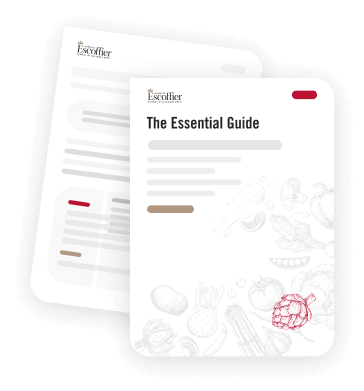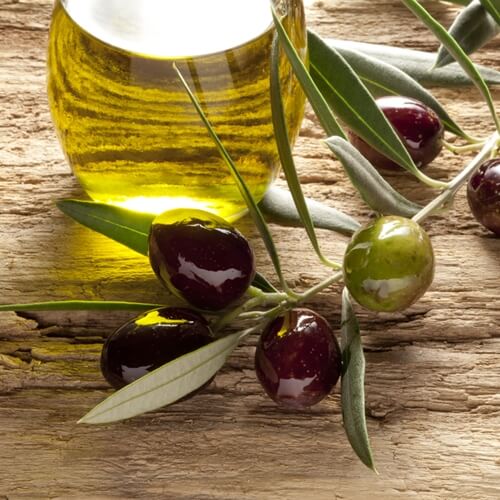Sommeliers of olive oil

Seasoning classes in online culinary arts programs may cover the differences between olive oils and how each can affect the taste of a recipe. Often, to understand how an oil will work with specific ingredients, chefs will taste the oil before cooking with it. Much like wine, olive oil has a complex flavor profile that can be noted both on its own and in a cooked dish. The immense variety of these oils available has continued to support the ancient technique of olive oil tasting. These olive oil sommeliers are the judges of what oils make it to the top of the market.
The European Union has deeply invested in this traditional practice. The EU developed an organization called Flavor Your Life that outlines information about extra virgin olive oil, from using it in cooking to the intense process of making it. The intent of the project is to educate consumers about olive oil and its great health benefits, targeting North America. But it is the International Olive Council that validates the professionals of olive oil tasting.
How to properly taste
A traditional tasting requires that the olive oil be poured into a tinted glass, preferably dark enough to mask the color. In order to limit the senses involved in the tasting, the dark glass is used to negate any flavor that may come from a color association. An olive oil sommelier next begins to swirl the olive oil, smelling it regularly, much like wine tasting. It is through scent that professional tasters can notice the first flavors of the oil.
Next, the taster will take a very small amount of the olive oil and place it between their lower lip and their teeth. Here, the oil will sit and eventually evaporate. This specific method is called stripping. Professionals use it to remove any volatile components from the oils. The sommelier continues to breathe in through their mouth and out their nose to get an even greater sense of the flavor profile. After this, the sommelier will make his or her judgment on the quality and taste of the product.
For those who are intrigued by the practice of olive oil tasting, try the practice at home. There are subtle differences between oils that are a part of the EU project, Protected Designation of Origin, and the rest available on the market. If you’re new to olive oil tasting, choose a few products that come from very different regions, such as Greece, Italy and Spain.


